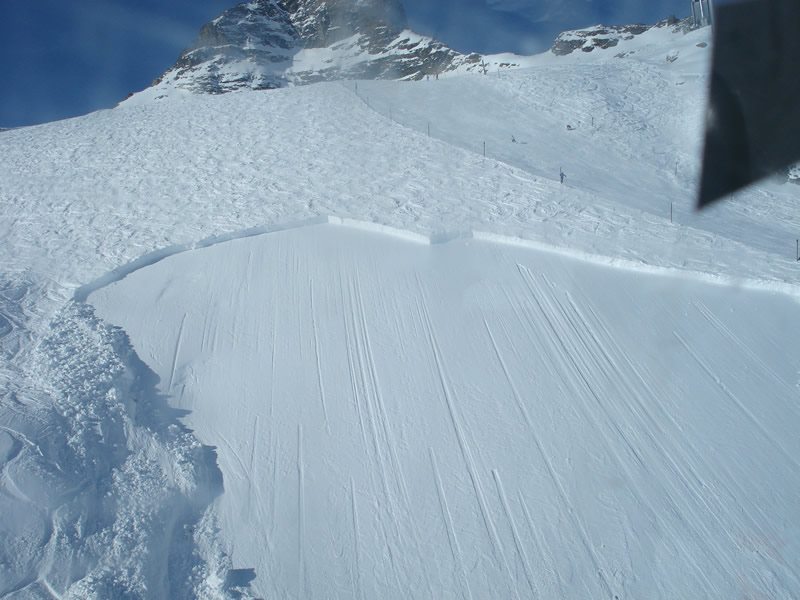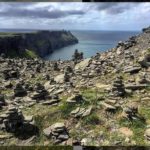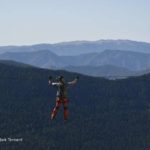Highlights
- Practical & Realistic Training
- Mark, an approved trainer by the French National Snow & Avalanche Association (ANENA), International Mountain Leader and Mountaineering Instructor.
- Introductory, Intermediate courses and full-day courses in the French Alps: Courchevel, Meribel and the Tarentaise.
- Learn to effectively use an avalanche transceiver (or “beeper”), avalanche probe and snow shovel.
- Don’t leave it until a friend or member of your family is buried, get some professional avalanche training now.
- Avalanche Training Essentials Course – this course is for those who want avalanche training before skiing off-piste, going ski touring or snowshoe walking. The training course covers the essential topics needed to reduce the risk of being involved in an avalanche incident.
- Avalanche Awareness Talks – I offer a multimedia talk to inform and educate.
- Private courses at dates to suite you for individuals, groups of friends, families, etc. Please see my “Private Guiding” page for my fees.


Why take an avalanche search and rescue training course?
The winter mountains are an exhilarating and wonderful environment. However the rewards also bring risks. One risk is avalanches. During the winter of 2015 – 2016 in France 107 people were caught in an avalanche and of these 21 died. The risk is real. Like any risk you can take appropriate measures to reduce the risk and in the event of an avalanche, the consequences.
Mark an ANENA approved avalanche course trainer
As an approved trainer for ANENA (L’Association Nationale pour l’Étude de la Neige et des Avalanches) the French national association for snow science and avalanches) I will be running a variety of courses this winter. If you want to learn how, or sharpen up your skills, then one of my avalanche courses is what you need.
Practical and Realistic Avalanche Training
You owe it to yourself and those with you, to carry and learn how to use the “essential” avalanche equipment.
“Hand-on-heart” can you locate and dig out an avalanche victim in less than 15 minutes? We are talking about a realistic scenario here.
Statistics in France show that most avalanche victims are buried at a depth of between 1m and 1m 50. Learning to use an avalanche transceiver (or beacon) in a park or a field with no snow is not a realistic scenario. It is clear that the stress of the moment will also tend to degrade your ability.
Like any equipment without training and regular practise and training is key to maintaining your skill levels. “Skill fade” is a real risk, so an annual refresher is a great way of ensuring your avalanche rescue skills are as they should be.
You will also keep up-to-date with the latest information about avalanche search and rescue such as new techniques or methods.

“I only just go off the edge of the piste”

“I only just go off the edge of the piste” – I hear you say. Well, “off-piste” is “off-piste”; the moment you leave the marked runs you go from a “safety, risk managed” area into the “wild” mountain environment. Here you need to be capable of making your own decisions. There’s no one making them for you.
If you always ski or snowboard on the pistes your chance of being caught in an avalanche is very low. Only in a very few cases have avalanches come across the pistes. However, are you a skier or snowboarder who likes to venture off the marked runs (pistes)? I know I do.
The marked pistes are the responsibility of the ski resort and the ski patrol. Runs will not be opened if there’s a risk that an avalanche may cover them. However, the moment you cross the boundary from the marked run (piste) you are “off-piste” and under your own responsibility.
It’s worth considering that several serious and even fatal avalanches have occurred within metres of the pistes. The perception is that it’s OK, however the reality is that you and those you are with may be in real danger.
The biggest advice is always avoidance i.e. don’t go on to slopes that could avalanche or be under ones that threaten where you are.
During the winter of 2015 – 2016 the total number of people caught in avalanches was 107. Out of this number 41 were buried in the avalanches with 21 dying. 41 of those caught in avalanches were injured. Most of the accidents were off-piste skiing (19); ski touring (18); mountaineering (3); on piste skiing (2) and others (3).


